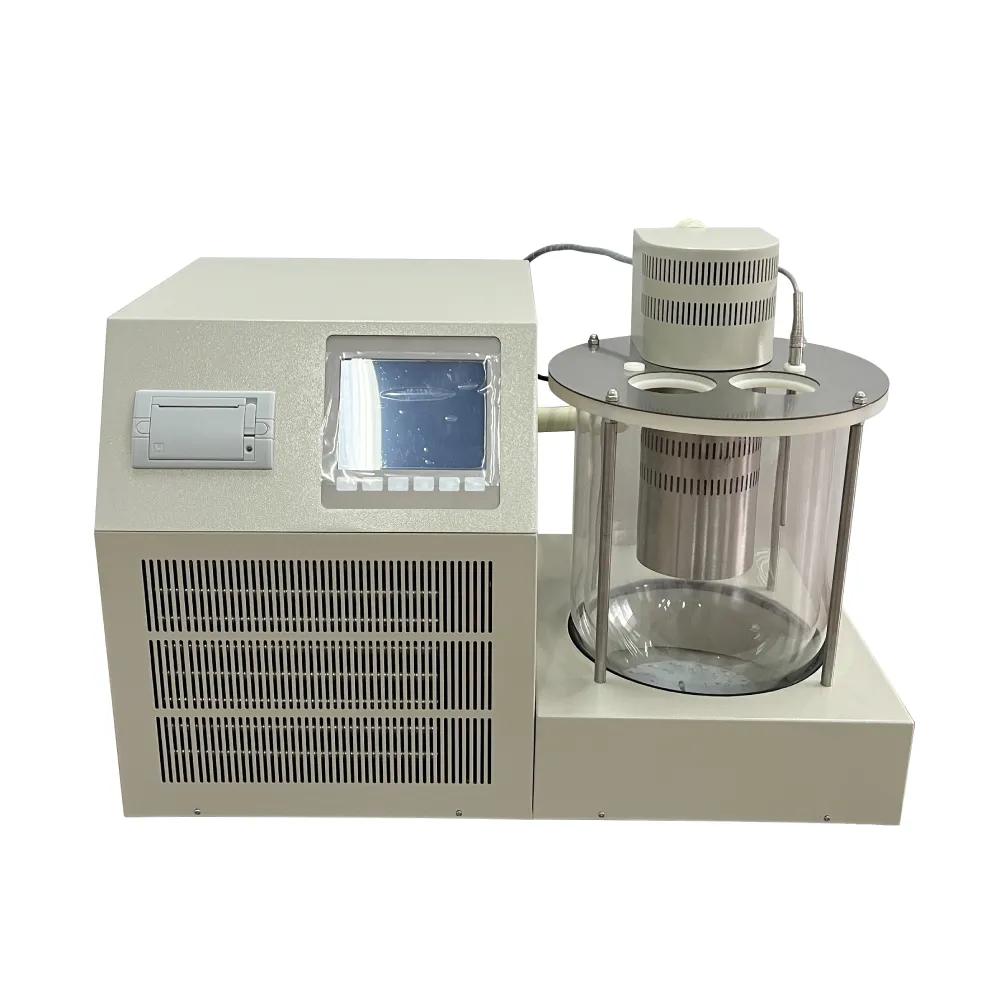 English
English


Innovative Techniques in G-Column Chromatography for Enhanced Separation and Analysis of Complex Mixtures
An Introduction to Gas Chromatography
Gas chromatography (GC) is a powerful analytical technique used for separating and analyzing compounds that can be vaporized without decomposition. This method is widely employed in various fields, including environmental science, pharmaceuticals, food and beverage quality control, and forensic science. The fundamental principle of GC lies in the interaction between sample molecules and a stationary phase within a column, facilitated by an inert gas known as the mobile phase.
The Basics of Gas Chromatography
In gas chromatography, a sample is first vaporized and then carried through a column by an inert gas, typically helium or nitrogen. The column is coated with a stationary phase, which can be either a solid or a liquid. As the gas flows through the column, different components of the sample interact with the stationary phase to varying degrees based on their chemical and physical properties such as polarity, size, and volatility. This differential interaction causes the components to elute (exit the column) at different times, a phenomenon known as retention time.
The time taken for a compound to pass through the column and reach the detector is indicative of its identity, as each compound has a characteristic retention time under specific conditions. The detector, commonly a flame ionization detector (FID) or a mass spectrometer (MS), provides signals that are translated into peaks on a chromatogram, where the area under each peak correlates with the concentration of the component.
Importance of Gas Chromatography
Gas chromatography plays a crucial role in various industries for quality control, ensuring that products meet regulatory standards and consumer expectations. In the food and beverage industry, GC is used to detect contaminants, monitor flavor profiles, and analyze essential oils. In environmental science, it is employed to measure pollutants in air and water samples, aiding in environmental monitoring and remediation efforts. In pharmaceuticals, GC helps in the purity assessment and stability testing of drugs, ensuring safety and efficacy.
Forensic science also increasingly relies on gas chromatography for substance identification, whether it’s analyzing residue from a crime scene or profiling drugs. The high sensitivity and precision of GC make it an invaluable tool in these analytical contexts.
g chromatography

Advancements in Gas Chromatography
Recent advancements in gas chromatography technology have significantly enhanced its applications and capabilities. Innovations such as comprehensive two-dimensional gas chromatography (GC×GC) allow for improved resolution and separation of complex mixtures, making it easier to analyze challenging samples that contain closely related compounds.
Furthermore, the integration of mass spectrometry with gas chromatography (GC-MS) has increased the detection capabilities, allowing for structural elucidation of unknown compounds and quantification at trace levels. This combination is particularly powerful in applications such as toxicology and environmental analysis.
Challenges and Future Directions
While gas chromatography is a robust and reliable technique, it is not without challenges. The need for samples to be vaporized limits its application to volatile compounds, although advancements such as solid-phase microextraction (SPME) have extended its applicability. Additionally, complex mixtures requiring significant separation can still pose difficulties.
Looking toward the future, trends suggest an increasing integration of automation and artificial intelligence to enhance data analysis and streamline workflows. As green chemistry principles gain traction, the development of more sustainable and environmentally friendly stationary phases and mobile solvents in GC is also expected.
Conclusion
In summary, gas chromatography is an essential analytical tool that continues to evolve and expand across multiple disciplines. Its ability to provide detailed insights into complex mixtures makes it indispensable in research and industry, driving innovations that enhance its efficacy and broaden its application range. As technology progresses, gas chromatography is poised to remain at the forefront of analytical chemistry.
-
Differences between open cup flash point tester and closed cup flash point testerNewsOct.31,2024
-
The Reliable Load Tap ChangerNewsOct.23,2024
-
The Essential Guide to Hipot TestersNewsOct.23,2024
-
The Digital Insulation TesterNewsOct.23,2024
-
The Best Earth Loop Impedance Tester for SaleNewsOct.23,2024
-
Tan Delta Tester--The Essential Tool for Electrical Insulation TestingNewsOct.23,2024





